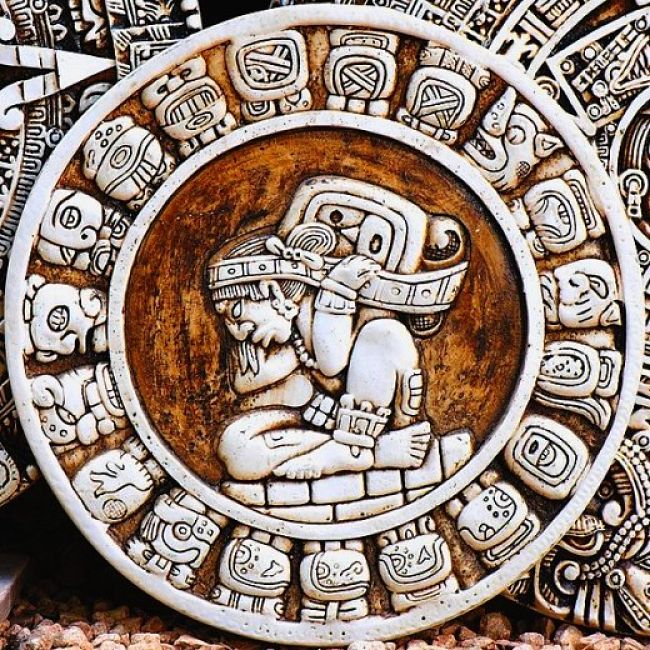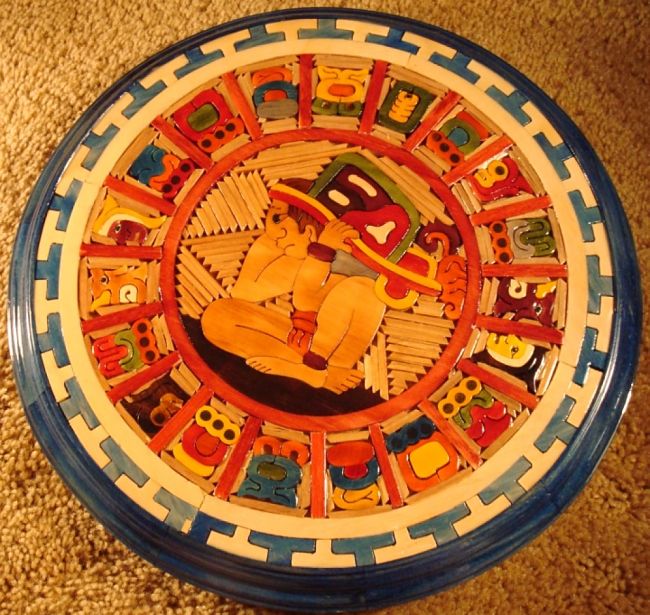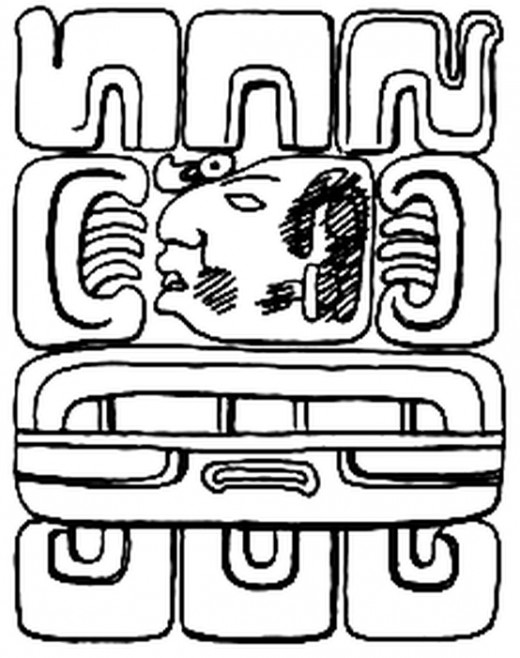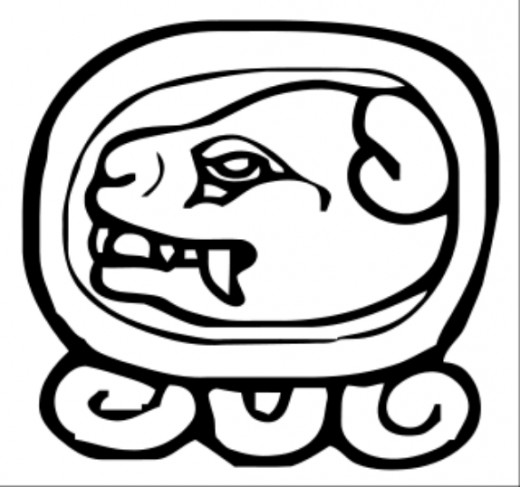Mayan Calendar End of World Predictions: True or False?
Cutting through the jungle, hacking through the vines and rainforest tangle, and pushing away the rubble, our intrepid team of 'Indiana Jones' style archaeologists fight their way to a buried ancient house. The ruins were located at the edge of a large once thriving Maya city in the very remote Petén lowland area of north-eastern Guatemala.
What they found was reported in Science magazine as a fabulous and rare discovery - a building that had been covered in soil and preserved rather than being demolished to make way for new buildings. The building was probably a studio for royal scribes who had decorated the walls and ceilings with paintings and more significant still, contains one of the earliest Mayan calendars yet discovered. Intriguingly, the wall with the calendar appeared to be an ancient 'blackboard' as there was evidence that various entries had been 'painted-over' with corrections added.
The discovery has also shed light on the mystery surrounding the claimed Mayan prediction that the world would end on December 21, 2012 or thereabouts. The exciting discovery, made by a team led by researchers at Boston University, was reported in Science. The National Geographic Society is to publish stunning images from the site in the June issue of its magazine. Some image have been pre-published by LiveScience. Learn all about the Calendar in this article.







Two of the three masonry walls of the small building were decorated with stunning murals, which though faded, are very significant because Mayan wall paintings are rare. On several eroded surfaces are a series of Mayan glyphs and various columns of numbers represented by bars and dots (dots for 1 and bars for the number 5), recording observations and predictions for the motion of the Moon, the Sun and planets Venus and Mars. The glyphs were carefully painted in black or red. Intriguingly, there is evidence that thin coats of plaster had been painted over texts (like 'White-Out') to allow for new calculations and possible corrections. It appears the wall was used as an ancient 'blackboard' to refine the calendar and its predictions.
However, researchers have been quick to point out that this newly discovered calendar does not predict the end of the world on 21 December, 2012, as many had feared was predicted on earlier calendars. That date appears to mark the time when a page is turned on a new calendar. It marks the date when one cycle of the Maya calendar ends and a new one begins.
On top of some of the columns are the profile image of a lunar god. The Mayan glyphs in the columns represent multiples of 178 or 177, numbers which were important to ancient Mayan astronomy. Similar tables in previously discovered calendars, are based on similar numbers.
The goal of the ancient Maya calendar scholars, was reported to be to try to align astronomical events with sacred rituals. Important cycles in the calendars were for the 365 day-long solar calendar, the 260 day-long ceremonial calendar, the 584 day-long cycle of Venus and the 780 day-long cycle of Mars.
The researchers also stated that the calculations were probably devised for synchronizing and predicting events linked with the movement of Venus, Mars, the Moon and possibly even Mercury. Why the particular calculations seem to extend so far into the future for periods ranging 935 to 6,703 years is still a mystery. Four long numbers appear to be associated with dates that extending for more than 7,000 years.
Another number recorded on the plaster translates to the date of A.D. 813. This date occurs in the last 100 years of the so-called Classic Period, before the Maya civilization entered the Post-Classic decline.
One wall contains a moon-phase calendar extending for a period of about 13 years. The researchers suggested that this would allow scribes to predict the appearance of a full moon years in advance for rituals, and possibly for planting crops.
Various Mayan scholars have poured scorn on the idea that Mayan calendars predict impending doom and the end of the world. The prediction that the Long Count calendar "ends" in 2012 has been stated as misrepresenting Maya history and culture. December 2012 marks the conclusion of a cycle or time period in the Long Count calendar which was used in Central America prior to the arrival of Europeans.
Below is an explanation for the link to December 20 2012 as the start of a new calendar as outlined in Wikipedia.
